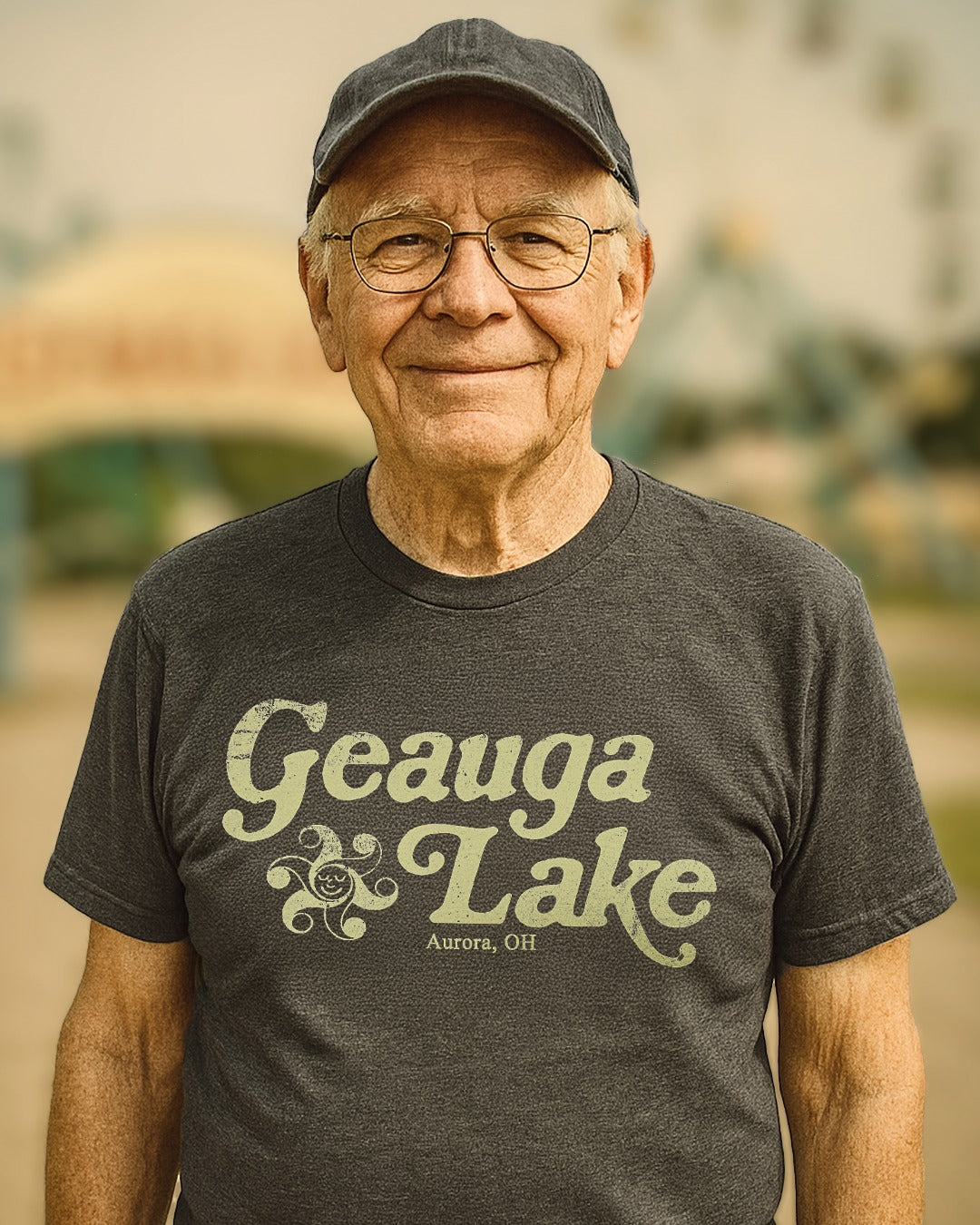In 1942, the Brooklyn Americans hockey team folded, leaving the National Hockey League (NHL) with six teams. For the next 20 years the league was content to stay at that number, even as the other major sports leagues expanded in part to combat rival leagues that began to emerge. However, the NHL could see the writing on the wall and by the mid-1960s it too started making plans to add new teams.
Save 20% on our ENTIRE WHA collection with the code: wha4ever Just click on the image to shop now:
In 1967, the NHL doubled its size adding teams in Philadelphia, Pittsburgh, Minnesota, St. Louis, the San Francisco Bay area, and Los Angeles. Feeling they had eliminated the threat of a rival league forming, the NHL overlooked one thing: the reserve clause.
The challengers appear
In 1971, Dennis Murphy and Gary Davidson announced the formation of the World Hockey Association (WHA). The pair had been key figures in the development of the American Basketball Association (ABA), founded in 1967 to challenge the established National Basketball Association (NBA).
The key to Murphy’s and Davidson’s plan wasn’t bringing hockey to cities that didn’t have pro hockey teams. Six of the WHA’s 12 teams would start in NHL cities. The WHA’s greatest weapon in the battle with the NHL was in challenging the older league’s reserve clause, which tied a player to a team for life at the team’s discretion. The WHA operated without the reserve clause, making it very attractive to players.
When the WHA opened for business in the fall of 1972, it had nabbed 67 players from the NHL including Chicago Blackhawks star Bobby Hull, followed a year later by Detroit Red Wings legend Gordie Howe. And many more would follow. Young stars like Wayne Gretzky and Mark Messier would later get their first professional, major league playing experience in the WHA.
The hockey league wars
For the next seven seasons the two leagues battled for players and fans, though the WHA gradually settled into cities without NHL teams. In 1974, the WHA began signing European players including Swedish stars Anders Hedberg and Ulf Nilsson as well as Vaclav Nedomansky who defected from Czechoslovakia.The rebel league also raided the rosters of minor league and youth hockey leagues, further angering the NHL.
Despite these moves, the WHA struggled as franchises moved or folded constantly. Unfortunately for the NHL, the WHA’s troubles weren’t enough to drive it out of business. Merger talks, which began in 1973, became more frequent, though the two sides could not come to an agreement with the biggest sticking point being how many WHA teams would be brought into the older league. As early as 1974, the two leagues were playing exhibition games against each other signaling some kind of detente.
However, hardline owners in the NHL repeatedly blocked a merger. Even some in the WHA camp resited, insisting their league could go on without a merger. This proved not to be the case as the number of teams in the WHA began to dwindle.
A possible peace agreement
Still, it was a costly battle on both sides, and many NHL owners were eager to get rid of the WHA one way or another, with the quickest solution being to simply absorb all, or at least some, of the rival league’s teams. Negotiations dragged on with a settlement coming in 1977, but, again, several hardline NHL owners blocked an agreement that would have brought the New England Whalers, Quebec Nordiques, Winnipeg Jets, Edmonton Oilers, and likely the Cincinnati Stingers, and Houston Aeros into the older league. When the deal fell through, several WHA teams folded, including the Phoenix Roadrunners, Minnesota Fighting Saints, and San Diego Mariners.
The NHL wasn’t fairing much better as several teams teetered on the brink of bankruptcy, while two moved outright. Even the NHL hardliners realized a settlement had to come soon. Eventually, it was agreed that four WHA teams would be allowed to join the NHL: New England, Quebec, Winnipeg, and Edmonton.
The owners of the Houston Aeros, realizing their team would not be part of the merger, folded at the end of the 1977-78 season. Cincinnati and Birmingham were paid off, in lieu of being brought over, and joined the minor league Central Hockey League. Only the Edmonton Oilers remain in their original city to this day. New England, which became the Hartford Whalers, are now the Carolina Hurricanes. The Quebec Nordiques are now the Colorado Avalanche, and the Winnipeg Jets are known as the Phoenix (now Arizona) Coyotes. In 2011, the Atlanta Thrashers were sold and moved to Winnipeg where they became the “new” Jets.




